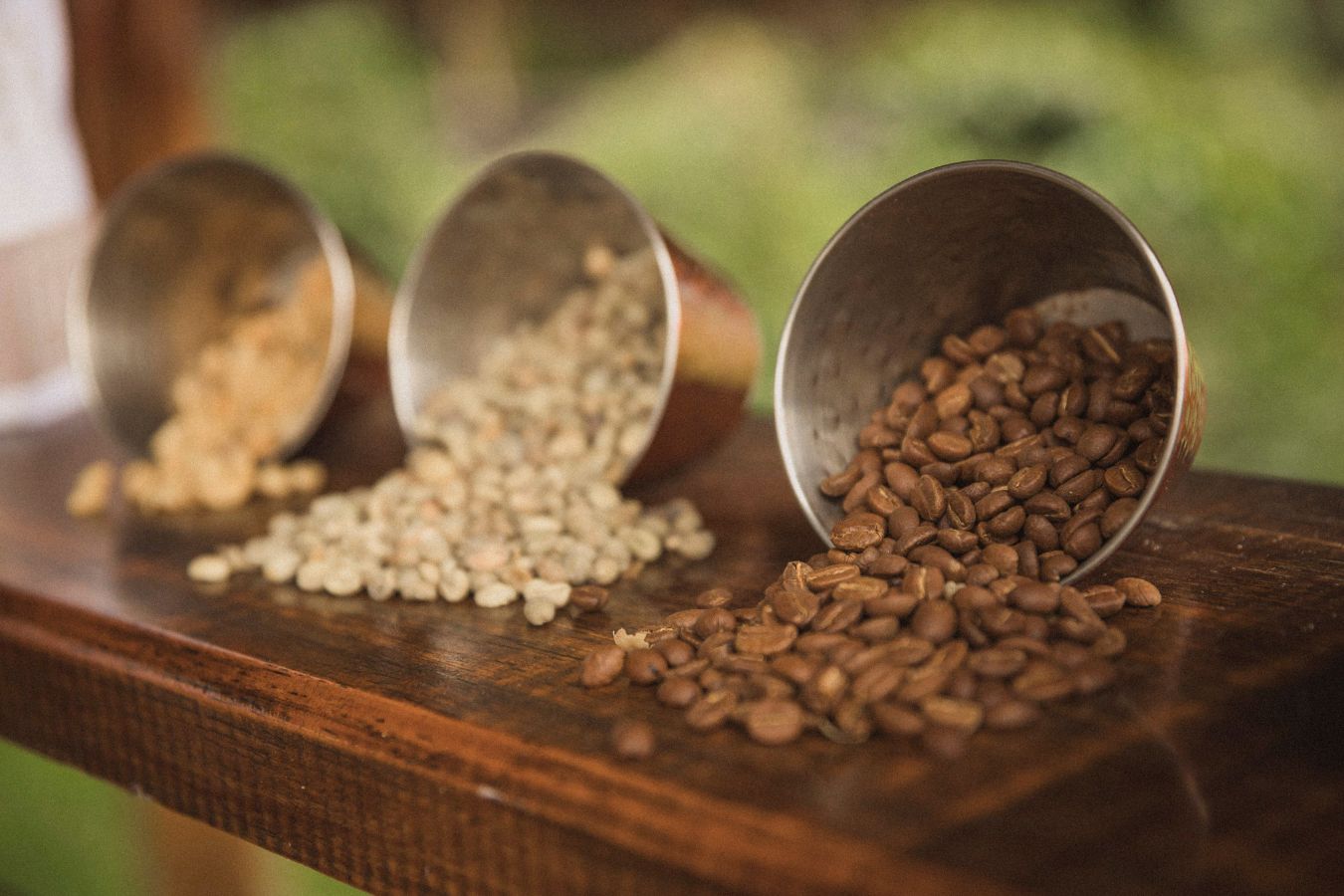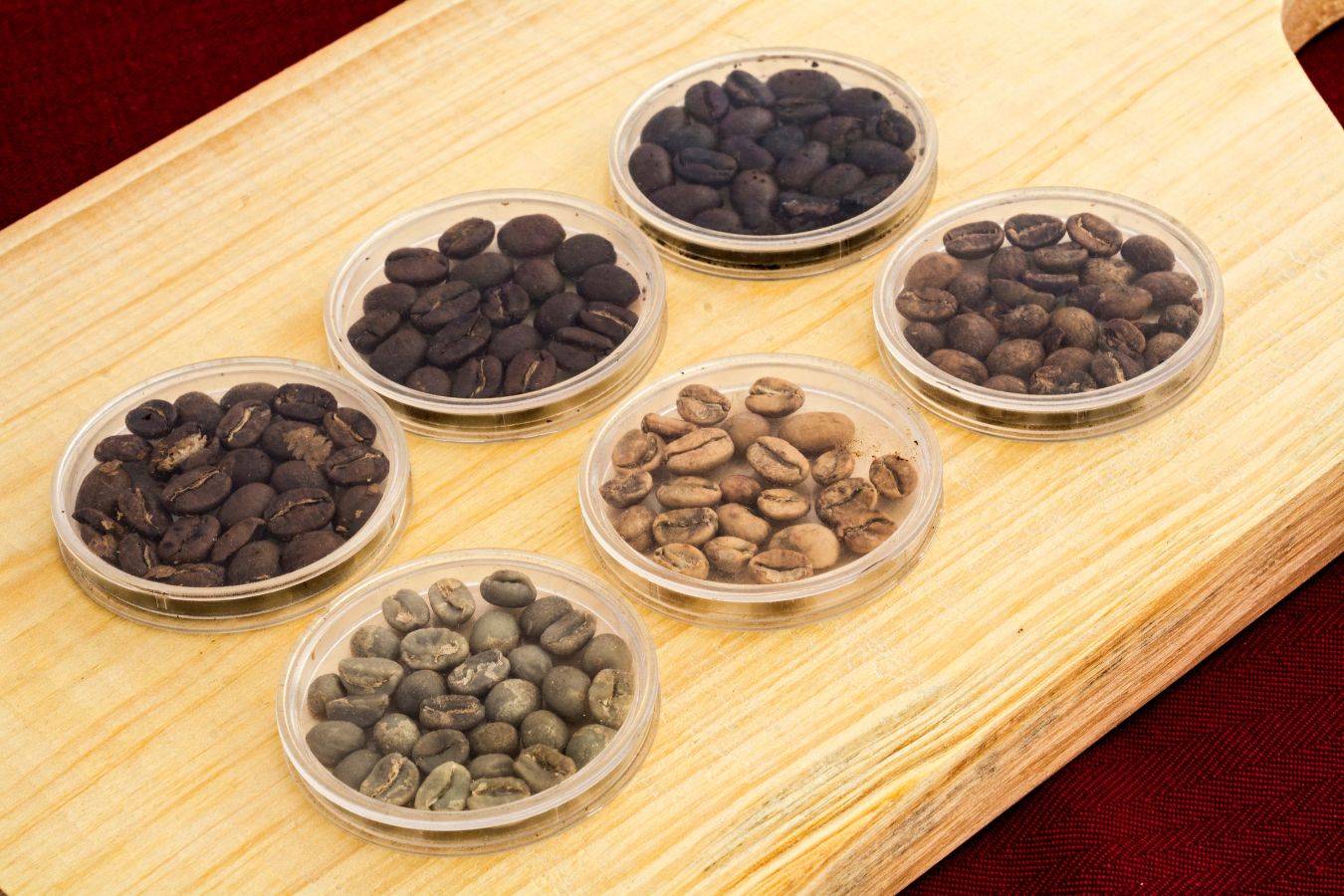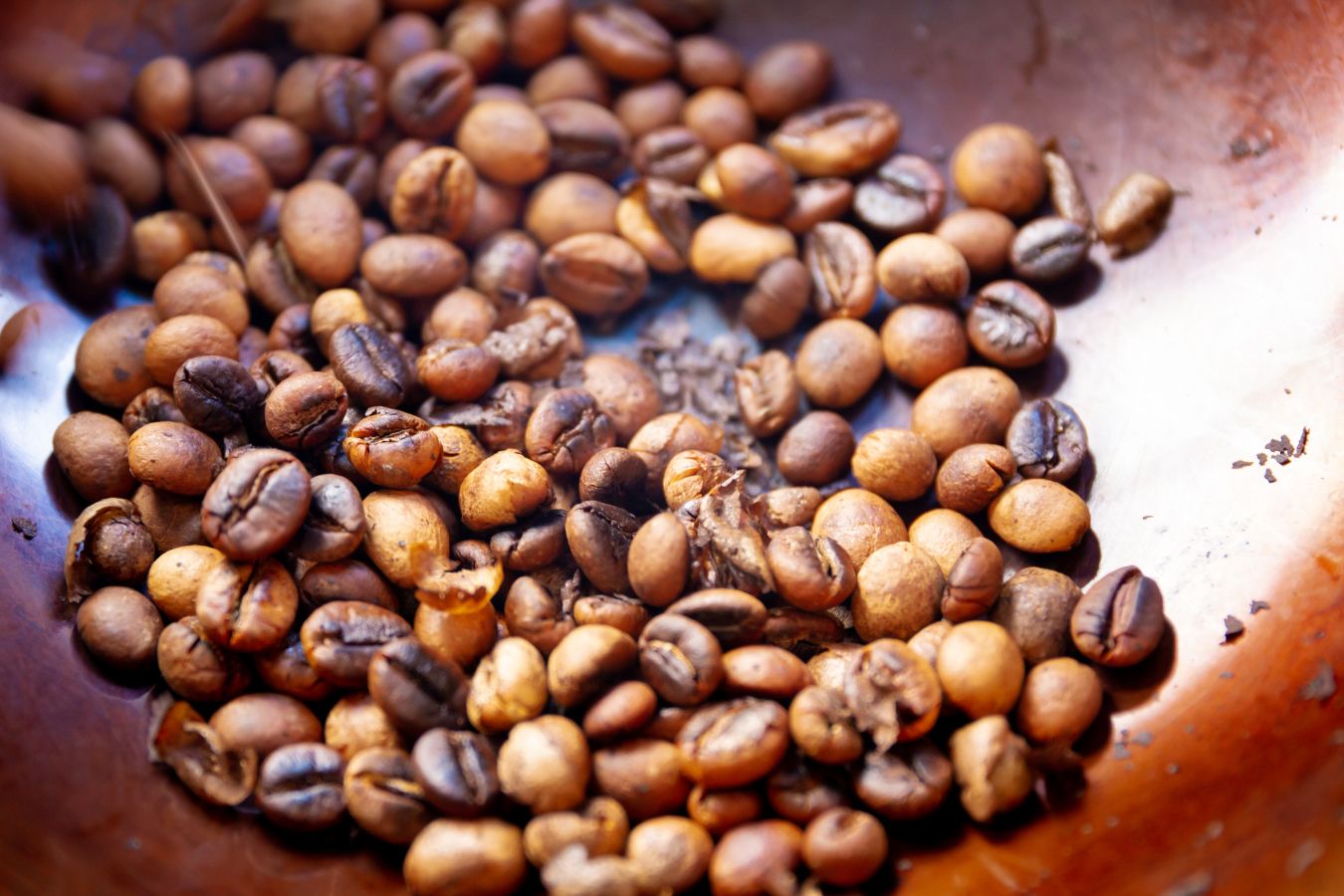
Where Does The Charge Temperature Come From?
The temperature of your roaster before you added green coffee is known as the charge temperature. Alternatively, the method of heating the coffee roasting drum can be understood. The temperature line on a coffee roasting line chart looks like a tick if you’ve ever seen one.
When the beans are added, the temperature drops dramatically until it reaches a point when it starts to climb. On the other hand, Charge Temperature is the temperature before the temperature line declines.

Because roasting is a heat transfer method that involves both your roaster and the beans, the roasting process is influenced by the initial temperature. There are numerous considerations to consider when it comes to controlling the feed temperature, just as there are with all other aspects of the roasting process.
Impacts of Inaccurate Feature Temperature
If the temperature in the roasting drum is too low, the coffee will not be able to grow. Long roasting might result in coffee that is flat or even cooked. However, if you’re trying to manage or minimize the acidity of your coffee, this isn’t the best option. A lower-Charge Temperature will be advantageous to the coffee in this instance.
On the other hand, a high Charge Temperature can cause the coffee beans to burn from the outside (called scorching).
What is The Best Charge Temperature?
Charge Temperature is a subjective metric. The intake exhaust air temperature will be determined by the drum’s size, the size, and location of the temperature probes, the air temperature, and the local environment, among other factors.
The Charge Temperature is affected by the roaster’s location in the room. Roasting indoors, away from drafts, is the most excellent technique I’ve discovered to maintain the Charge Temperature steady. The Charge Temperature and the time it takes for the beans to reach the first crack stage will be considerably affected if the air outside the roaster is continually changing.
You must first learn about your green coffee and your roaster to determine the optimal Charge Temperature. While HocaGroup cannot provide absolute infection, we can assist you in selecting the optimal range based on other criteria.
Charge Temperature Effect of Coffee Types
The Charge Temperature should be adjusted to suit the coffee beans you’re roasting. Density, moisture content, processing method, coffee type, and batch size are all factors that must be considered.
Altitude has an impact on density, and diversity is also essential. It would help if you roasted more slowly with more dense coffee beans. As a result, you should burn a smaller quantity of coffee, which will help it heat up faster. Higher charging temperatures and shorter roasting periods will also enhance green coffee.

Coffee has been processed in a variety of ways. A charging temperature of around 365oF / 185oC is required, similar to washed coffee. On the other hand, natural coffee must be cooked at a lower temperature to avoid scorching. Natural coffee’s rich sugar can burn and produce a strong flavor.
It’s crucial to understand how much moisture there is in green coffee. The more water in the coffee, the longer it will dry. This necessitates the use of a low charge temperature. It will be challenging to dry at the appropriate period if the humidity is too high.
Root Method and Charge Temperature When Roasting Coffee Bean
Of course, you should think about your roasting manner as well. If you want a darker regular espresso, you’ll need to charge it at a higher temperature. This will be roughly 356oF / 180oC on your roaster. To manage the roasting process, you’ll need to utilize more air.
However, when roasting using a filter, a lighter roast is frequently used to maximize complexity and acidity. It would help if you charged at a lower temperature between 320°F / 160°C and 347°F / 175°C.
Because every variable matters when it comes to coffee roasting, it’s a good idea to get to know your machine and roasting site. Then, once you’ve figured out how it works in various situations, you can concentrate on bringing out the best in your coffee based on its origin, variety, brewing method, and so on.
It may take some time for you to perfect this, but that’s fine. Take the time to try new things. Trial and error is an entirely valid technique to examine the impact of different variables on your overall roasting when it comes to roasting.
And then there’s the interaction between the roaster, the charge temperature, and the various types of coffee. You’ll have more control over your roasting, whether you want to emphasize sweetness or acidity.